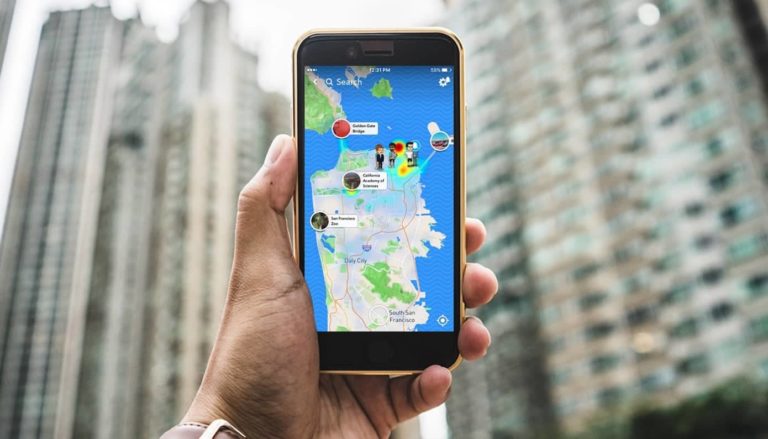
One of AR’s biggest opportunities is to augment the physical world. The latest move comes from Snap, which rolled out its “layers” feature on Snap Map. First teased at its May partner summit, this involves dynamically-activated map content organized around specific themes.
As background, Snap Map geo-tags users and their Snaps on a map interface. 250 million Snapchatters are out and about using Snap Map to find people and places. This includes an active Gen-Z-user base which has $1.5 trillion in purchasing power according to Snap.
This ties in with Snap’s AR play. Previously focused on front-facing camera (selfie) lenses, Snap increasingly supports rear-facing lenses to augment the broader canvas of the physical world. This can help locations come to life after discovering them through Snap Map.
Who Will Build the Metavearth?
Layered Meaning
Going deeper on Snap Map Layers, think of them as map themes that users can toggle on and off. They will develop around things like sushi or sports bars. This lets consumers organize their local discovery experience instead of crowding everything onto one map.
Layers will include content from partners in various verticals. For example, a Ticketmaster layer will highlight local events, while a layer from The Infatuation will signal trending food items. Snap is also getting the ball rolling with two layers at launch: “Memories” and “Explore.”
Taking those one at a time, “Memories” will spotlight old snaps that you sent from particular places. It geotags those snaps and pins them on a map. That can serve as a sort of social travel-log of past behavior that also inspires users to revisit various locales for new experiences.
The “Explore” layer meanwhile features a real-time heat map of local activity. So if there are trending local spots nearby, a color-coded system will signal where the action is. This feature is meant to inspire local activities for users based on what’s happening around them.
Layers can be accessed in the upper right menu of Snap Map. Users can toggle between available layers, which is a short list now but will populate over time. That will include Snap’s own layers and those of partners. So utility and use cases will broaden over time.
The AR Space Race, Part IV: Snap
Scaling Up
Speaking of broadened use cases, the next likely play is a Layers API. This would let Snapchat scale up the creation of layers by crowdsourcing them. That would also broaden the use cases to several points of interest, which in turn boosts Snap Maps’ engagement and user base.
The API approach would also let developers build their products into Snap Map — thus reaching the 250 million users noted above. This developer symbiosis is Snap’s playbook, seen in the way it scales AR lens development. Snap Map also could also integrate with Local Lenses.
For those unfamiliar, Local Lenses are the geo-relevant flavor of Snap’s signature selfie lenses. They utilize the rear-facing camera to augment the physical world. So, as noted, Snap Map can help users discover places, while Local Lenses help those places come alive.
As Snap continues to execute this master plan, Snap Map could take share from Google Maps as a go-to local search and discovery tool. In fact, it has an edge on Google Maps given its social spin. Finding things to do in the context of local friend activity has meaning to Gen-Z.
Altogether this advances the metavearth. A branch of the metaverse, this involves digital content that adds dimension to the physical world. Given that the Greek root meta means beyond, it’s all about extending meaning beyond the physical representations of places and things.

